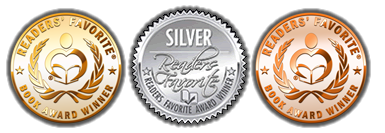On February 5, 2009 / Alafair Burke, Alexandra Sokoloff, author websites, Chris Grabenstein, JA Konrath, JC Hutchins, John Sanford, Karen Olson, Michelle Gagnon, Nora Roberts, Thomas Holland, website design
I’ve been thinking about redesigning my website. When I first put it up I was in a hurry, needing a web presence ASAP to support various promotional activities I had going. A graphic artist/friend designed the pages—and I liked the look—but I didn’t know what I really needed or wanted at that point. So for the last few weeks I’ve been asking about people’s favorite author sites and looking at dozens of websites to see what design elements they have in common (and what they have that I don’t). Here’s my findings.
For crime authors, most sites have a black or dark grey background with white text and red accents. So in that regard, my designer knew exactly what she was doing. Good examples:
Michelle Gagnon
Alafair Burke
Most of the popular sites also have very little text on the opening page (or top half of the opening page). Instead they have vivid pictures (often changing) and book covers. About half of favorite author pages have their photo on the opening and half don’t. Examples:
Alexandra Sokoloff
John Sandford
Nora Roberts
Many of the informal-survey favorites have a blog built into their site and others have page that is distinctive to their site—Sticky Notes, photographs, Fan of the Day, character bios. Examples:
Thomas Holland
JA Konrath
Chris Grabenstein
JC Hutchins
Almost every popular site I looked at had a row of clickable navigational links across the top of the design and often down the side as well. Many also had pull down menus from those tabs.
What they don’t have:
I was surprised to see that many author websites don’t have obvious BUY buttons. They may be buried somewhere but you have to search for them. And many do not have links to the home page on every other page. On some of the sites, I found it impossible to get back to the home page at all.
Overall, my favorite for design is Karen Olson’s. She hit all the right elements—clean gorgeous opening page, easy clickable navigation, black/white/red color scheme, access to the home page on every page, and big buy buttons. The only element she lacked that some others had was the unique page.
Karen Olson
And J.A. Konrath gets honorable mention for having the most usable content and an easy to navigate structure.
JA Konrath
